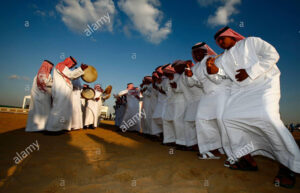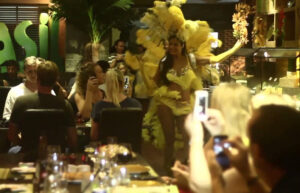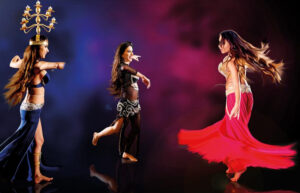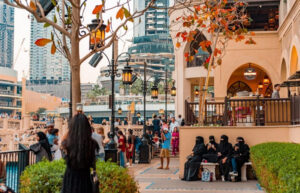The fascinating art of Arabic Traditional Dance is currently experiencing a revival as more young people are becoming interested in it. Although traditional Arabic Dance has been around for centuries, it underwent a tremendous expansion in the early twenty-first century when a number of countries experienced political turmoil, triggered by the World War II. As a result, traditional Arabic dance styles changed dramatically, as new customs took hold. However, the revival of interest in traditional Arabic dance does not just mean that current generations will experience a new take on an old tradition. For many, it means a chance to enjoy a once in a lifetime experience of a new culture brought to them by their forefathers.
The genre of traditional Arabic Dance, known as “Maqta”, has undergone several changes over the years. However, the essence of its essence has not changed: it is an intricate series of intricate foot movements, which are typically accompanied by beats of the drums or rattles. In many ways, Maqta represents the essence of Arabic culture, as it is one of the few traditional forms of music that have been preserved from the times of camels to modern day nightclubs.
One can best understand the intricacies of traditional Arabic dancing through the example of one of the most famous Balinese dances, Telegu-Kuta. This dance has been showcased at numerous international events, as well as on television. Telegu-Kuta is a series of graceful, romantic footwork and dance movements, which involve the use of a small stick, called a tambourine. While traditional dancing movements use sticks and other materials, Telegu-Kuta makes use of the stick as the main feature of the dance.
The reason for this association is simple: the stick is used as an analogy for the relationship. It is never meant to harm or hurt another human being; it is merely meant to convey passion and love for one’s partner. The dance begins with a simple dance routine, then transitions into romantic gestures and passionate kisses. Most audiences expect this dance to end in the marriage of two lovers.
If we were to compare the Arabic version of Telegu-Kuta with its classical counterpart, we would find many similarities. The classical Arabic song is played using an oboe, which in turn is played using a conical stick. While both sticks may be circular, the Arabic version uses a circular stick that is longer and heavier, and consequently, causes the beat to be heard with a deeper intensity. In Arabic, traditional dance, the beat is combined with other sounds such as rhythm and harmony. Other forms of music such as piano or guitar also influence the rhythm of the song, which makes it very unique.
Another interesting aspect of the dance is that in addition to the different rhythmic and tonal shifts, dancers make use of complex body motions that are meant to add variety to their routines. This is evident in the number of positions that the dancers assume during a dance performance. For instance, if one dancer is holding a cup of coffee, they will assume the traditional sitting position. As another dancer is spinning around on her toes, she will assume the footwork that is characteristic of the hip twist.







